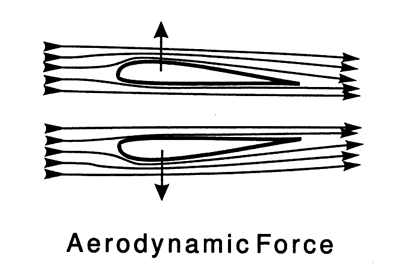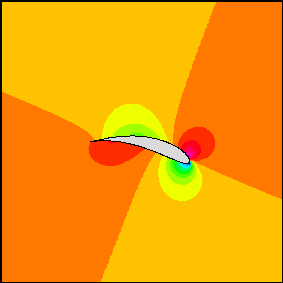… drag is good.
Toe and cant may be doing a lot of things, at any given moment, but I believe your argument is correct – the symmetric nature of application, results in more drag. The good news is that drag is good, in fact, it’s that other big tool in the designers tool box, right next to planing surface presentation.
Consider the common method of setting toe angle – using board bottom length -i.e. drawing a line from lateral fin placement to the tip of the board.
… exception that proves the rule
Traditionally it is common practice to back off on toe at either end of the ‘conditions’ spectrum, -i.e. that is for classical fishes and for classical guns.
Fish, at least the classical fish (there are any number of fishy or fish hybrids now) came with twins, and installed with far less toe than would have been called for if using the board length method. In general you can still use board length method for guns, but that’s because board length in general is longer for guns. The point being that fish required a change in the ‘standard’ method, the exception that proves the rule, so to speak.
The longer the board the less drag you want. The basic governing reason for this, I believe is pretty simple. Mass isn’t generally thought of as resistance by most people, but in fact its definition is ‘the quantitative measurement of resistance to motion’. The more board, the more massive an object. Adding more drag to a more massive object is going to make acceleration all the more difficult – and acceleration is key in surfing. (There are exceptions, but they tend to be at the extremes.)
Crudely, the kind of resistance (the kind attributed to fins, that is) that we are dealing with here is the kind that is proportion to the velocity of the flow squared – a parabolic relationship between flow and drag. For example increase the flow by 50% results in an increase in drag by 125% The relationship to the degree of toe and drag is more a simple proportionality - it sort of sets the operating baseline.
Drag is good. Its common to believe that that ‘drag basically means slower’ and I would agree, but in surfing you want to stay on the wave, or with the wave. You don’t want to simply always slip down the face. You can accomplish this but digging your rail or tail, but it amounts to the same thing -i.e. by digging a rail or tail, you are basically using your rail and bottom as fin.
A little extra drag via the fins was a big design plus when it was introduced, it tended to change the way people surfed – it was subtle, but noticeable. Curiously, with modern super light longboard, quads, etc. really do make a lot of sense.
Drag lets you stay connected, when staying connected is important, but sometimes it’s convenient to ‘disconnect’, so balance is paramount.
Nice diagrams.
kc

 -> TOE IN CANCELS!!!
-> TOE IN CANCELS!!!
